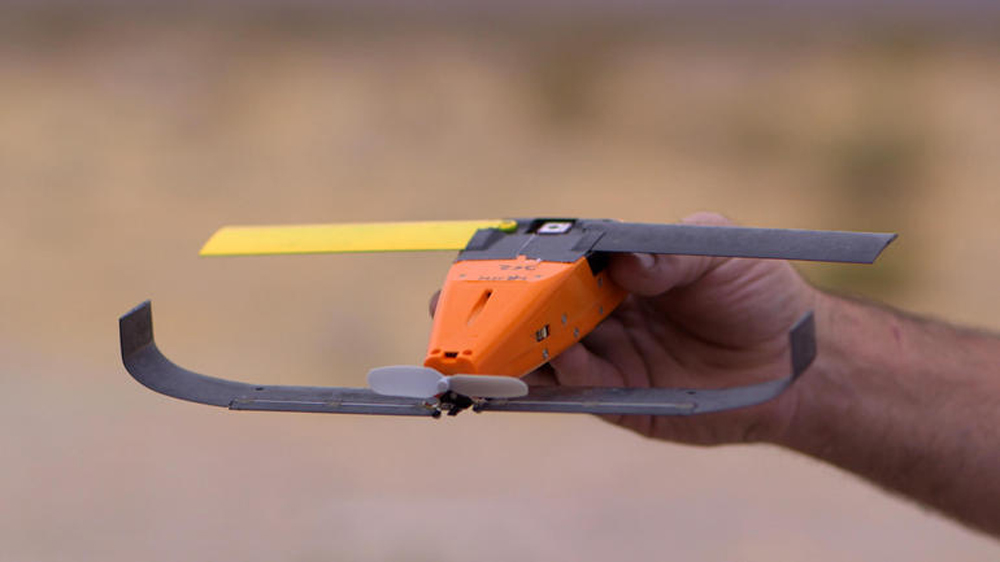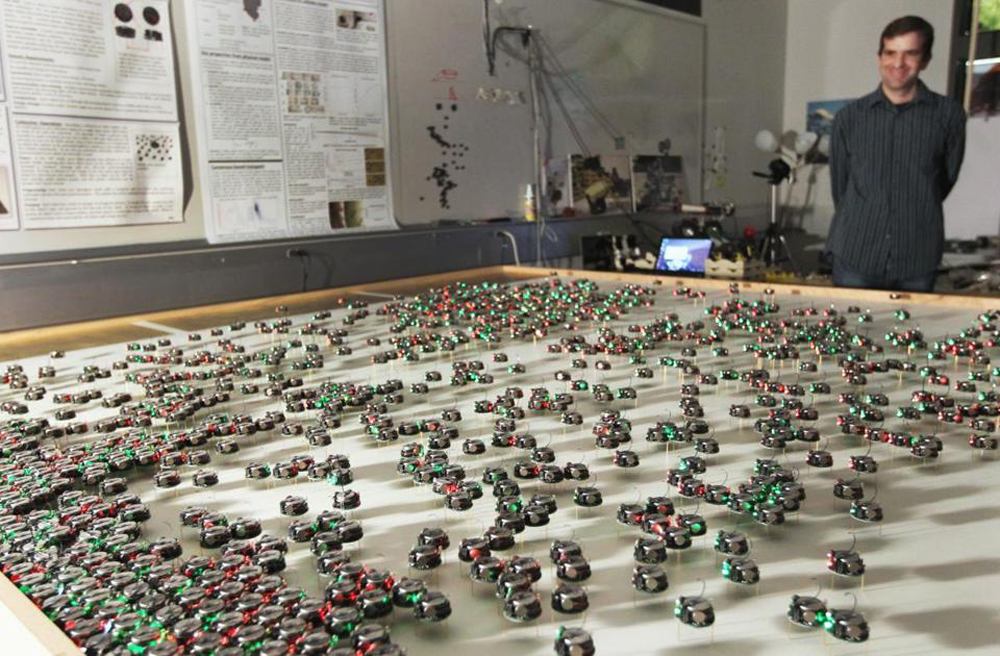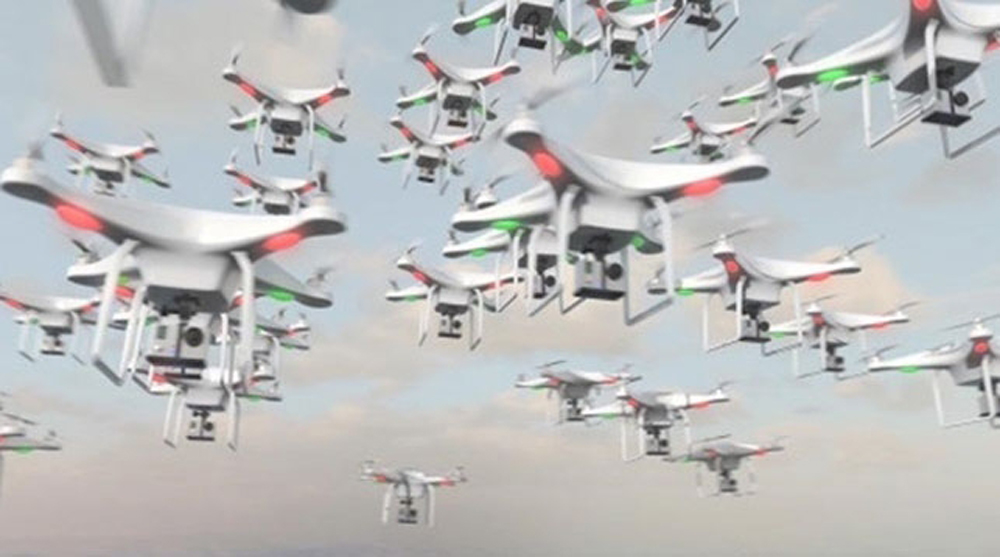By Patrick J. Watson —

Technology is changing the very nature of warfare. A lot of expensive equipment will get replaced in the next few years… and what replaces it may surprise you.
Back in the Middle Ages, the most powerful weapons systems were armored men on horseback and catapults for long distances.
Modern-day knights have better armor and longer lances, their “horses” have wings or rotors, and missiles take the long-distance shots. At its core, though, warfare is still about arming soldiers and sending them to face the enemy.
That may not be the case much longer.
Drone aircraft were the first breakthrough. They enable pilots to control their planes remotely, from a safe place, firing missiles when they see an enemy. A big step, but the big drones still resemble conventional aircraft.
The new drones are getting much smaller—and that will change everything.
Leaderless Swarms
A few months ago, I saw Dr. Will Roper, head of the Pentagon’s Strategic Capabilities Office, speak at the South by Southwest conference in Austin. His job is to keep our armed forces ahead of adversaries by adapting off-the-shelf commercial technology.

(I wrote more about Dr. Roper’s presentation in Yield Shark at the time. Subscribers can read it here.)
Among other things, he was very excited about “drone swarms.” He argued that large numbers of small, inexpensive, autonomous drones working together can accomplish many of the same missions as expensive aircraft and human pilots.
Key to Dr. Roper’s vision: Drone swarms have no leader an enemy can target. They operate much like a swarm of ants or bees. No single bee knows how to build a hive, protect the queen, and produce honey. But collectively, they still make it happen, which is quite impressive.

A few months ago, on 60 Minutes, Roper demonstrated some of his drones—and I bet the DoD has even better ones still under wraps. Some are small enough to hold in one hand.
That doesn’t mean the US government will stop buying fighter jets and armored vehicles. Wise generals don’t give up a capability that an enemy might have.
However, the defense industry will expand and change. Presently, leading companies profit by making sophisticated, expensive weapons platforms in relatively small numbers. Drones will be a different business. They’re small, simple, inexpensive, and the Pentagon will need a lot of them—maybe millions.

Customizing drones for particular missions will necessitate an ability to produce them quickly, as needed. Who knows, companies might even develop mobile drone factories that can deploy to a war zone and produce new swarms every day.
The Other Side
Of course, no one likes being swarmed, and there are already commercial anti-drone technologies. For example, paparazzi photographers using drones to spy on celebrities now meet everything from net-carrying counter-drones to trained falcons.
I expect we’ll see years of rapid development for both military and civilian uses. A military reconnaissance drone swarm could also quickly search large areas for lost children or shipwreck survivors.
To me, that’s the really exciting part. Some of today’s ubiquitous technology originated in military applications. I wish we could develop them for peaceful reasons, but at least we have them.
Senior Economic Analyst Patrick Watson is a master in connecting the dots and finding out where budding trends are leading. Patrick is the editor of Mauldin Economics’ high-yield income letter, Yield Shark, and co-editor of the premium alert service, Macro Growth & Income Alert. You can also follow him on Twitter (@PatrickW) to see his commentary on current events. He has a free e-letter, Connecting the Dots. Subscribe now for his seasoned insight into the surprising forces driving global markets.



